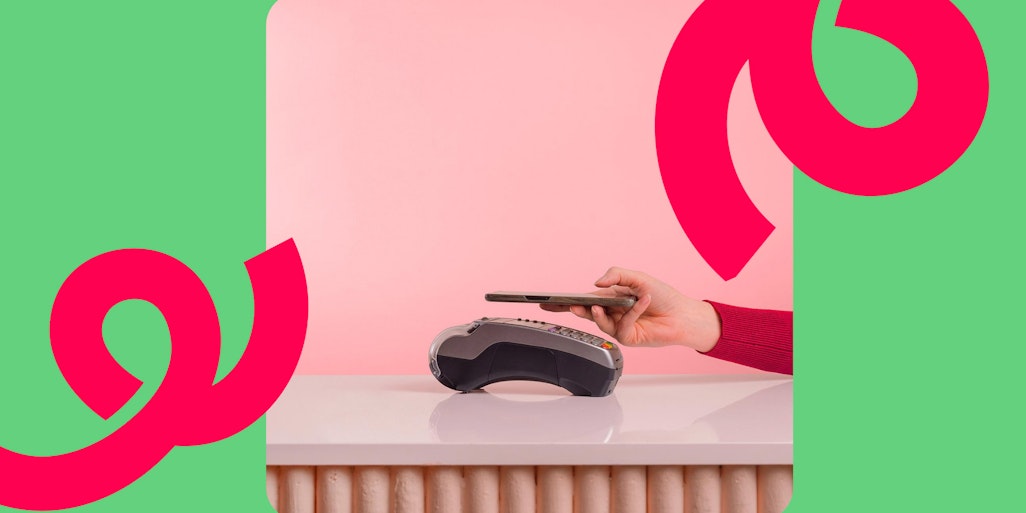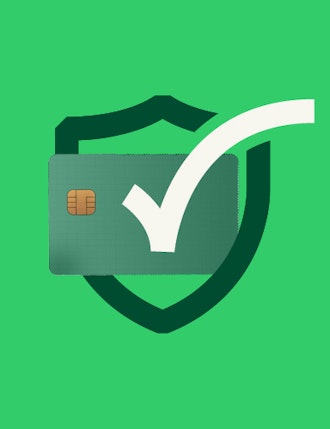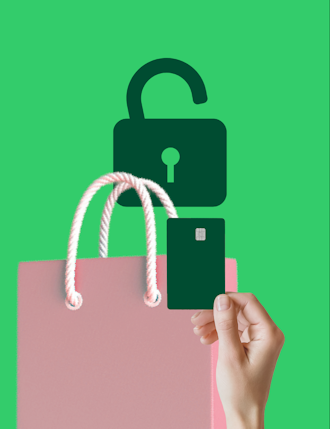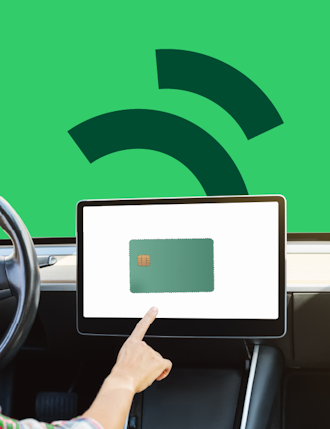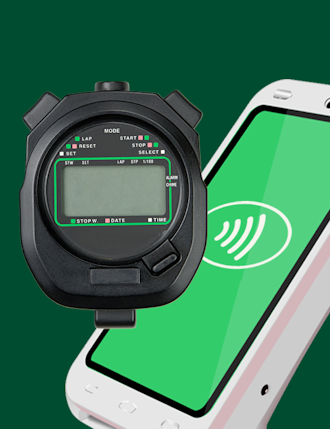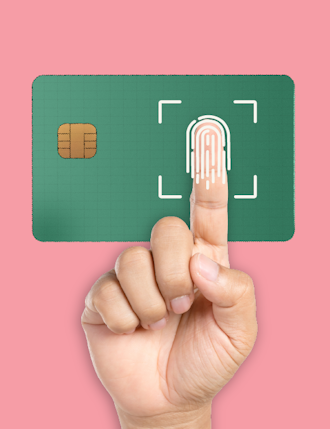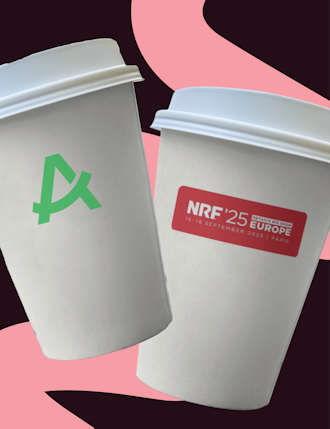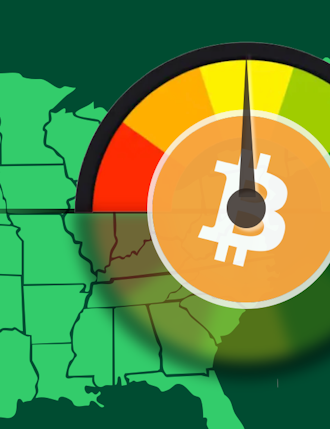In recent years, there’s been a great deal of focus on making payments frictionless. But is this missing the point – that payment is just one element of the shopping experience, and probably the least enjoyable at that? I think so.
Savvy retailers are realizing that, while speeding up their end transaction can reduce overall customer frustration, it won’t necessarily keep them coming back. To achieve that, and so increase sales and profitability, merchants need to give them an enjoyable, informative and interactive shopping experience, including online and mobile commerce. In fact, the public’s relative apathy about the actual execution of their transactions might also explain why, despite great industry excitement over initiatives like smart cards, contactless payments, biometrics and in-store mobile payments – the majority of customers have resisted change and stuck steadfastly with their more familiar, traditional card payment methods.
Winning hearts and minds
Similarly, convincing busy merchants to embrace potentially costly and time-consuming change also requires something more – that will not just make payments more efficient for them, but also create much-sought-after differentiation from their competitors in the form of a better all-round shopping experience. The real goal of today’s increasingly savvy consumers, whether shopping for need or pleasure, is not frictionless payment, it is to find the best products and services for the best price, get home and enjoy or put them to use. To achieve this, they might use loyalty points and discounts, read reviews from other consumers, seek insights from social media, do online comparisons, maybe arrange finance or instalment payments for their purchase, or opt for home delivery. To stand out for satisfying such needs, merchants can look to incorporate many more value-added services like these into the payment process, and do it seamlessly. Today, smart point-of-sale (POS) solutions combine sales functionality with third-party applications offering additional consumer services, as well as automating traditional merchant back-office activities such as employee and inventory management, billing and invoicing. Not only does the customer get a more rounded experience, but the merchant also benefits from productivity tools integrated at the point of interaction.
Searching for smarter POS solutions
Until now, classic payment terminals haven’t been capable of such additional uses, due to system constraints and proprietary boundaries that have tended to discourage third-party software developers. Smart POS solutions, on the other hand, are more flexible and adaptable than either standalone payment terminals or semi-integrated POS solutions. Software developers, keen to build market share, are increasingly looking to create innovative solutions for multiple vendors, aided by the increasing availability of devices with industry-standard components and wider software compatibility. However, as things stand, many smart POS solutions still don’t offer full integration between a range of apps, forcing hard-pressed merchants to interact separately with multiple apps, and disrupting the frictionless payment experience.
Keeping it simple is key
In today’s diverse merchant market, there is an urgent need for acquirers, Independent Sales Organizations (ISOs) and other service providers, to collaborate to offer bespoke estate management solutions that mix and match apps that cater for the needs of each individual merchant and its customers, while allowing them to operate both smart and classic POS terminals. Traditional integrated solutions require custom integrations between independent software vendors (ISVs), carried out by specialist providers, but the traditional small and medium-sized enterprise merchant market is crying out for a simpler approach.
Seamless checkout experience means a platform where the interactions between apps do not require custom integration. Instead, the system can manage the transaction flow between apps so that it appears to merchants and consumers as one seamless operation. Similarly, payment services solution providers want to be able to create their own out-of-the-box offerings, and all stakeholders want such a fully-managed answer, made available at an affordable price point. At the same time, such platforms could provide software developers with the application programming interfaces and other tools to allow their apps to seamlessly interact with frictionless payment apps without interrupting the flow of the shopping experience. For example, once a consumer is registered in the system, when their payment method is recognized, the platform should automatically connect them to a loyalty app, or present them with a warranty offer when a small appliance is purchased. What’s certain is that future providers of such an ultimate shopping experience will emerge from the frictionless payment race stronger than their peers – as will the merchants and customers who ultimately utilize their services.
